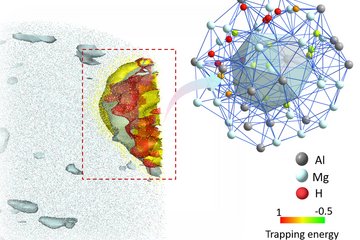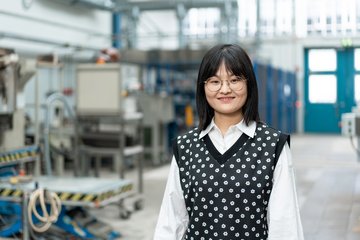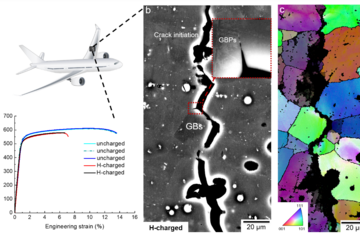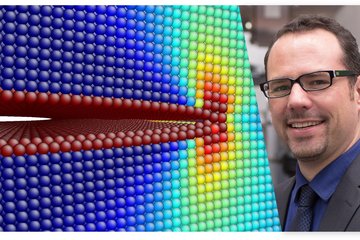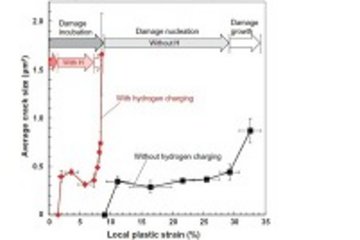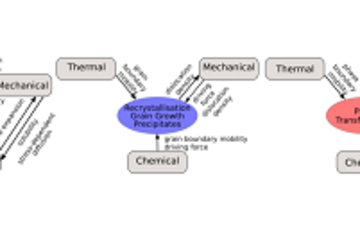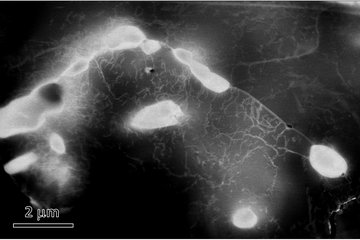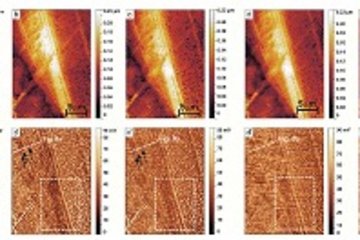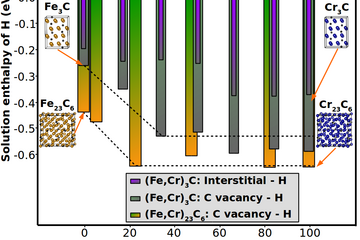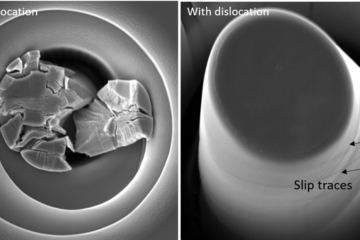All genres
1.
Journal Article
Solar Nanocomposites with Complementary Charge Extraction Pathways for Electrons and Holes: Si Embedded in ZnS. Physical Review Letters 112, 106801 (2014)
2.
Conference Paper
Oxygen reduction and water at the semiconductor/solution interface probed by stationary and time-resolved ATR-IR spectroscopy coupled to electrochemical experiments and DFT calculations. In: Program of the 8th International Conference on Advanced Vibrational Spectroscopy (ICAVS) – Oral Abstracts, pp. 130 - 131 (Eds. Lendl, B.; Koch, C.; Kraft, M.; Ofner, J.; Ramer, G.). 8th International Conference on Advanced Vibrational Spectroscopy (ICAVS), Vienna, Austria, July 12, 2015 - July 17, 2015. (2015)
3.
Conference Paper
Exotic phase Si nanoparticles and Si–ZnS nanocomposites: New paradigms to improve the efficiency of MEG solar cells. In: 2014 IEEE 40th Photovoltaic Specialist Conference, PVSC 2014, 6925670, pp. 3432 - 3434. 40th IEEE Photovoltaic Specialist Conference, PVSC 2014, Denver, CO, USA, June 08, 2014 - June 13, 2014. (2014)
4.
Talk
Semiconducting nanoparticle solids for multi exciton solar cells: insights from ab initio calculations. Colloqium at Max-Planck-Institut für Polymerforschung, Mainz, Germany (2015)
5.
Talk
A joint first principles and ATR-IR study of the vibrational properties of interfacial water at Si(100):H-H2O solid-liquid interfaces. APS March Meeting 2015 , San Antonio, TX, USA (2015)
6.
Talk
High Pressure Phase Ge Nanoparticles and Si–ZnS Nanocomposites: New Paradigms to Improve the Efficiency of MEG Solar Cells. Materials Science and Engineering (MSE) 2014, Darmstadt, Germany (2014)
7.
Talk
High Pressure Phase Ge Nanoparticles and Si–ZnS Nanocomposites: New Paradigms to Improve the Efficiency of MEG Solar Cells. APS March Meeting 2014, Denver, CO, USA (2014)
8.
Talk
Solar nanocomposites with complementary charge extraction pathways for electrons and holes: Si embedded in ZnS. DPG Spring Meeting, Dresden, Germany (2014)
9.
Talk
Multiple exciton generation in Si and Ge nanoparticles with high pressure core structures. DPG Spring Meeting, Dresden, Germany (2014)
10.
Poster
Semiconducting nanocomposites for use as light absorbers in multi-exciton generation solar cells: insights from ab initio calculations. PSI-K 2015 CONFERENCE, San Sebastian, Spain (2015)
11.
Poster
Semiconducting nanocomposites for use as light absorbers in multi-exciton generation solar cells: insights from ab initio calculations. PSI-K 2015 Conference , San Sebastian, Spain (2015)
12.
Poster
Water in contact with H-terminated silicon: A combined ATR-IR spectroscopic and ab initio computational study. Bunsentagung 2015, 114th General Assembly of the German Bunsen Society for Physical Chemistry, Bochum, Germany (2015)
13.
Poster
Nanoparticles with high pressure core structures and Si-ZnS nanocomposites: new paradigms to improve the efficiency of MEG solar cells. DPG Spring Meeting, Dresden, Germany (2014)
14.
Poster
Complementary transport channels in nanostructured solar cells. PVSC 39, Tampa, FL, USA (2013)
